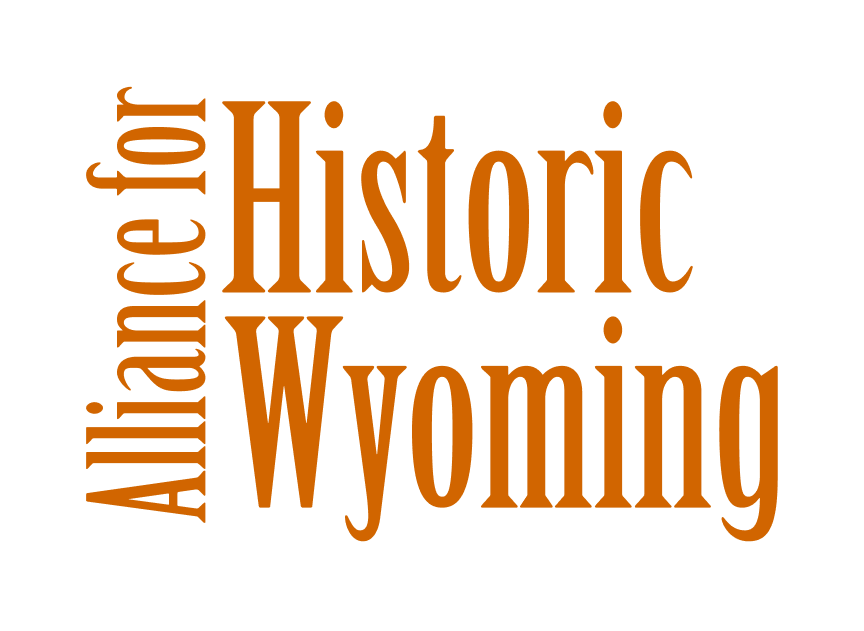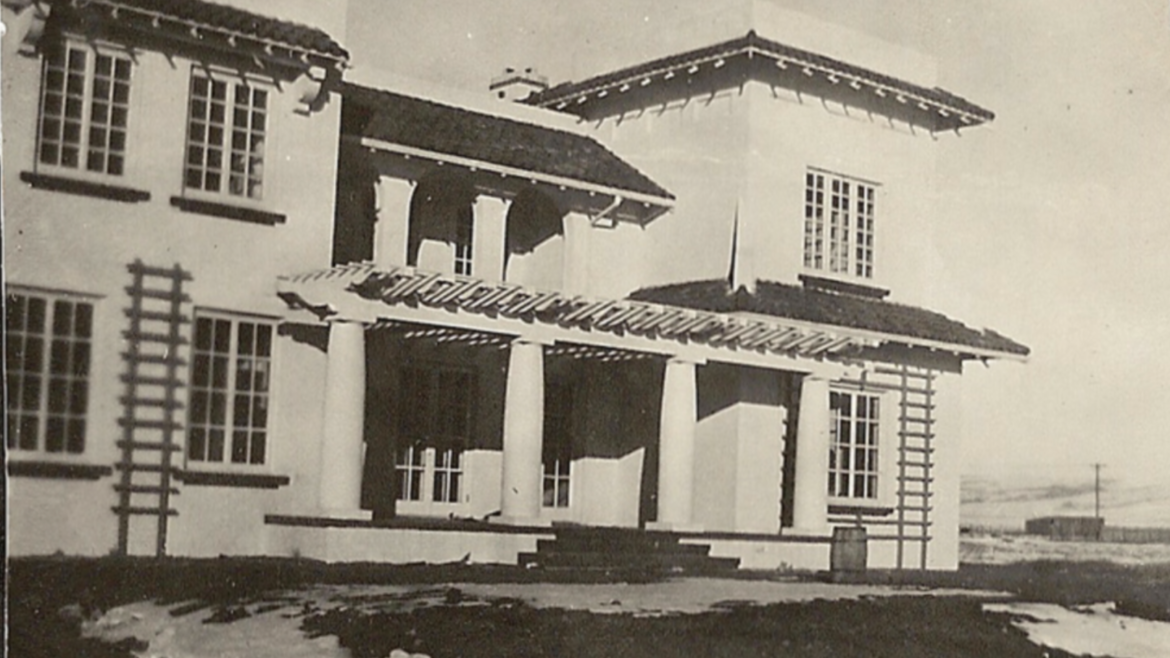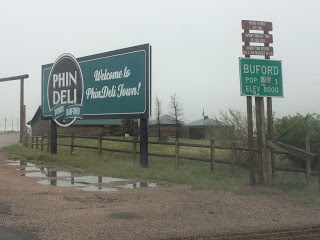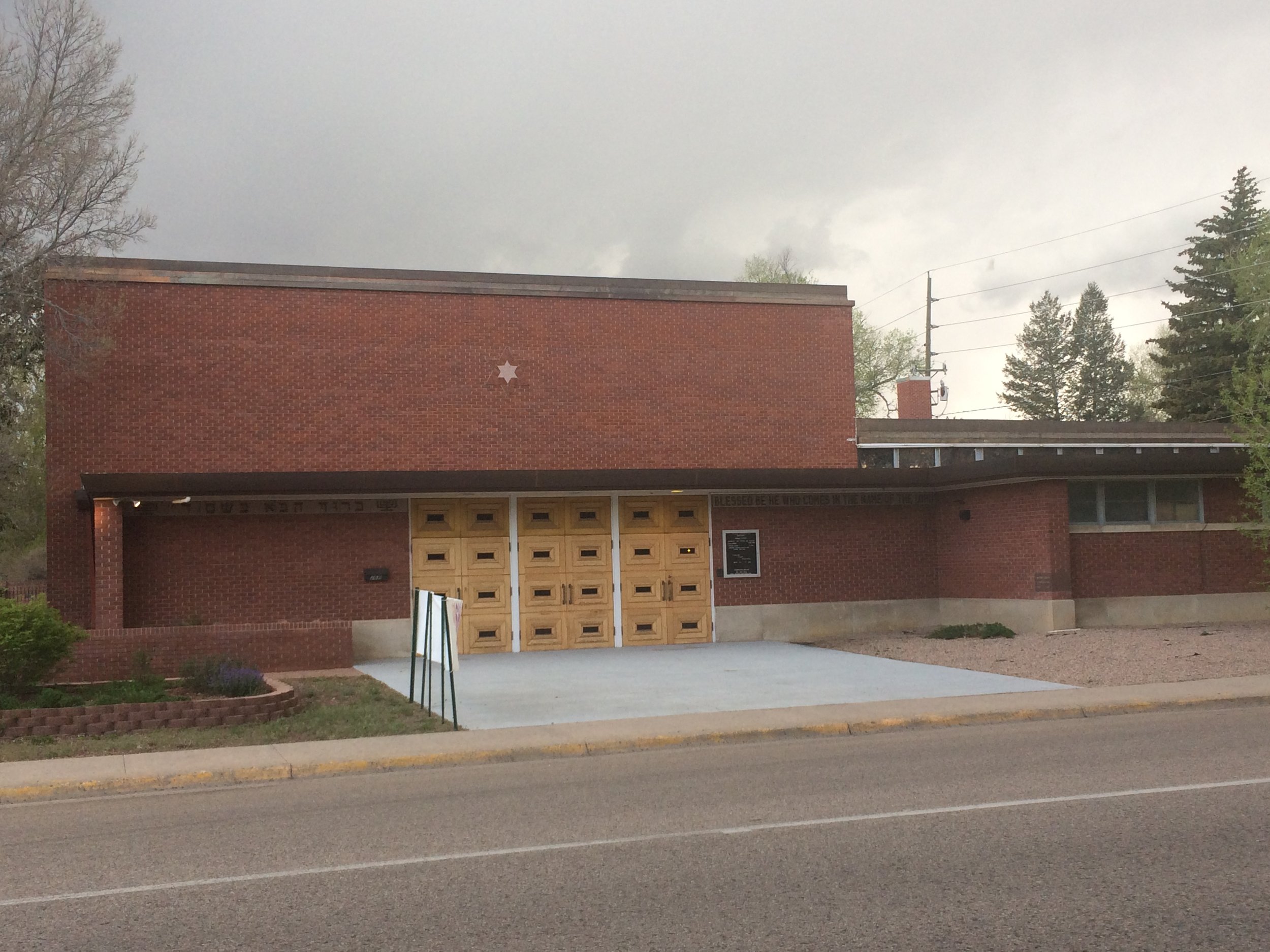* History excerpt from the American Studies Program Page, learn more about the program here.
Frank Cooper was a wealthy Englishman that came to the territory of Wyoming during the 1870s. While in the region, Cooper established a vast cattle empire and was the first to develop a successful method to freeze and transport beef. In 1904, Cooper sold his land and moved back to England. However, after the discovery of oil within the areas of Coopers Cove and Rock Creek Valley in 1917, Cooper moved back to Wyoming in order to retain mineral rights.
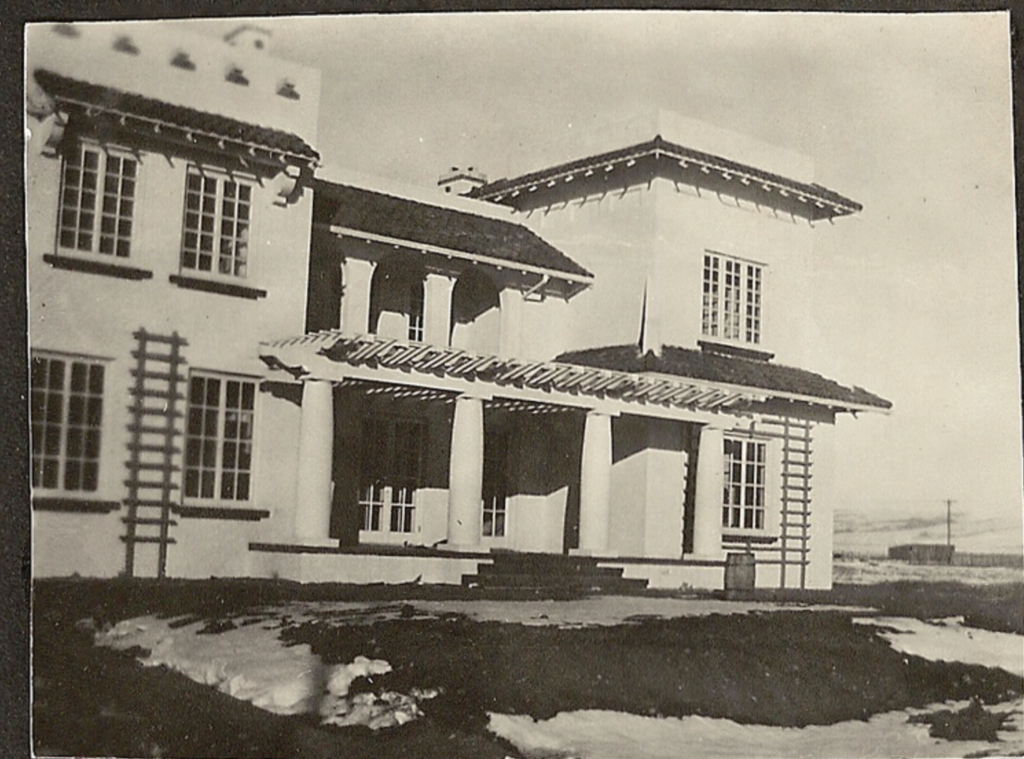
In 1918, Frank Cooper unexpectedly passed away but the Cooper children, Richard, John and Barbara, moved to Laramie and commissioned local architect Wilbur Hitchcock to construct this residence. The design of the house was apparently based on a house one of the Coopers had seen in Santa Barbara, California.
The Cooper Mansion is architecturally significant in Laramie and the entire state of Wyoming for its unique combination of two early 20th century period-revival styles, Mission Revival, based on the architecture of California missions, and Pueblo Revival, based on Pueblo-Indian building traditions in New Mexico.
Past Preservation
In the mid-1980s a local group called Friends of the Cooper Mansion began proposing alternative uses for the house that the University had slated for demolition in order to make room for a parking lot. By 1987, after considerable pressure from citizens, the Wyoming State Historical Preservation Organization, nonprofit preservation organizations and even Wyoming Governor Mike Sullivan, the University passed a resolution not to demolish the Cooper House. The building was stabilized and eventually turned into the classrooms and offices of the American Studies program.
